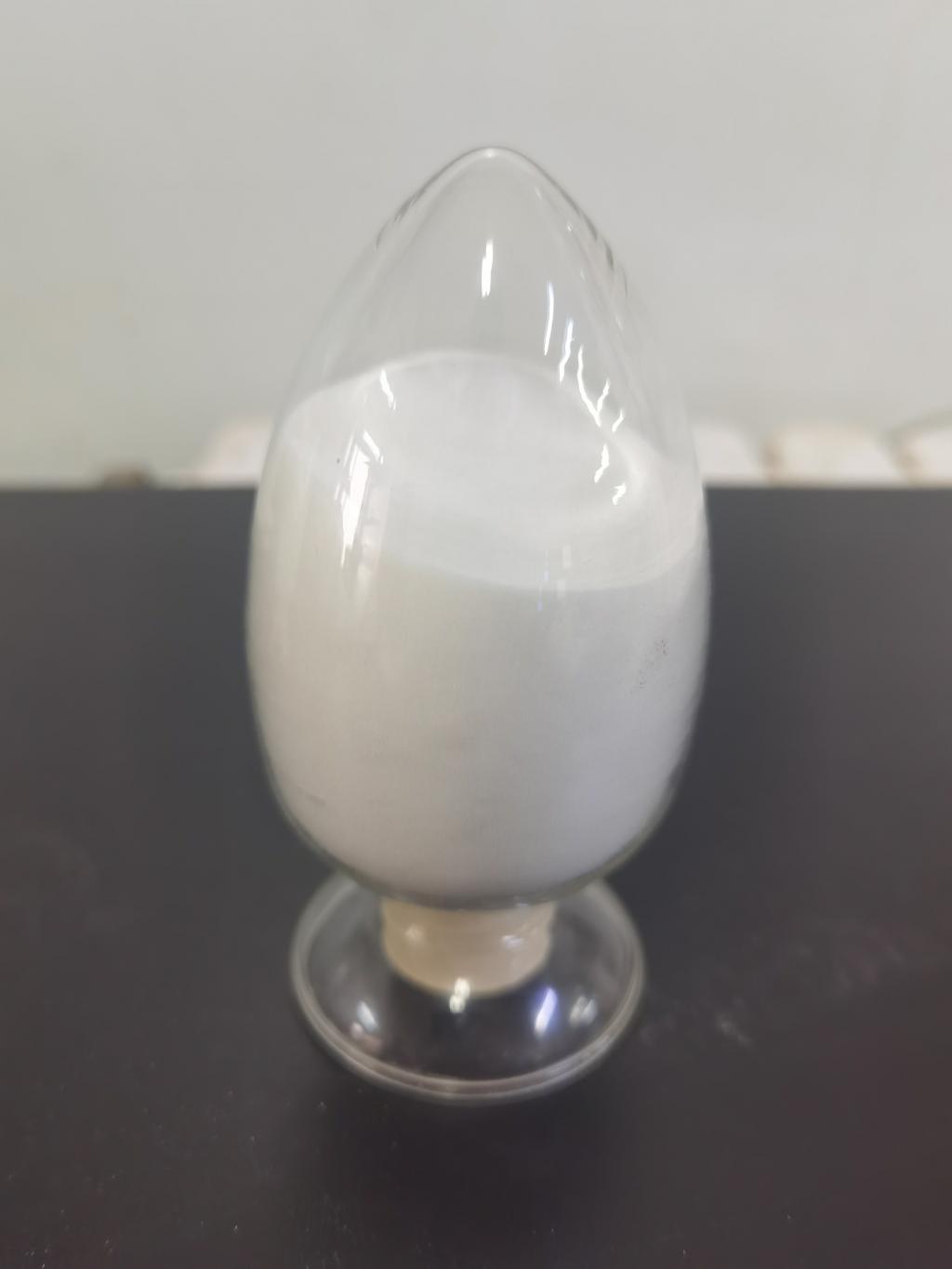Tel:+8618231198596

News
 CONTACT
CONTACT
 CONTACT
CONTACT
- Linkman:Linda Yao
- Tel: +8618231198596
- Email:linda.yao@dcpharma.cn
- Linkman:CHARLES.WANG
- Department:Overseas
- Tel: 0086 0311-85537378 0086 0311-85539701
News
Current Position:
Home >
News
>ε-Polylysine hydrochloride's interaction with cell membranes is a key focus.
ε-Polylysine hydrochloride's interaction with cell membranes is a key focus.
TIME:2024-04-10
Understanding ε-Polylysine Hydrochloride:
ε-Polylysine Hydrochloride, a biodegradable cationic polymer, is composed of lysine monomers linked by peptide bonds. It is commonly produced through fermentation by certain strains of bacteria, making it a natural and sustainable antimicrobial agent. This compound is water-soluble and possesses a high positive charge density, which contributes to its antimicrobial activity.
One of the distinguishing features of ε-Polylysine Hydrochloride is its ability to interact with negatively charged components, such as cell membranes of microorganisms. This interaction is a key aspect of its mechanism of action and plays a crucial role in disrupting membrane integrity, leading to microbial death.
Mechanism of Antimicrobial Action:
The antimicrobial activity of ε-Polylysine Hydrochloride primarily stems from its interaction with cell membranes of target microorganisms. This interaction can be divided into several stages:
Attachment:
ε-Polylysine Hydrochloride first attaches to the surface of microbial cells, facilitated by electrostatic interactions between its positively charged amino groups and negatively charged components of the cell membrane, such as lipopolysaccharides in Gram-negative bacteria or teichoic acids in Gram-positive bacteria.
Penetration:
Once attached, ε-Polylysine Hydrochloride penetrates the cell membrane, driven by its hydrophobic interactions with lipid bilayers. This penetration disrupts the structural integrity of the membrane, causing leakage of cellular contents and compromising the cell's ability to maintain homeostasis.
Disruption:
As ε-Polylysine Hydrochloride continues to accumulate within the cell membrane, it disrupts the lipid bilayer organization and induces the formation of pores or defects. These disruptions lead to further leakage of cellular components, including ions, metabolites, and proteins, ultimately resulting in cell lysis and microbial death.
Membrane Depolarization:
Additionally, ε-Polylysine Hydrochloride can induce membrane depolarization by altering the electrochemical gradient across the cell membrane. This disruption of membrane potential interferes with essential cellular processes, such as energy metabolism and ion transport, contributing to microbial inhibition.
The precise mechanism by which ε-Polylysine Hydrochloride disrupts cell membranes may vary depending on factors such as the composition of the membrane, the concentration of ε-Polylysine Hydrochloride, and the specific characteristics of the microorganism.
Applications and Implications:
The understanding of ε-Polylysine Hydrochloride's interaction with cell membranes has significant implications for its applications in various fields:
Food Preservation:
ε-Polylysine Hydrochloride is widely used as a natural preservative in food products to inhibit the growth of spoilage microorganisms and pathogens. Its ability to disrupt cell membranes makes it effective against a broad spectrum of bacteria, fungi, and yeasts, thereby extending the shelf life of perishable foods.
Biomedical Applications:
In biomedical applications, ε-Polylysine Hydrochloride holds promise for combating microbial infections and preventing biofilm formation. Its ability to disrupt cell membranes makes it a potential candidate for antimicrobial coatings on medical devices, wound dressings, and implants, reducing the risk of infections and improving patient outcomes.
Environmental Remediation:
ε-Polylysine Hydrochloride's antimicrobial properties have applications in environmental remediation, where it can be used to control microbial contamination in water, soil, and air. By targeting microbial membranes, ε-Polylysine Hydrochloride can help mitigate the spread of pathogens and pollutants in the environment, contributing to public health and safety.
Textile Industry:
In the textile industry, ε-Polylysine Hydrochloride can be incorporated into fabrics to impart antimicrobial properties, reducing odor-causing bacteria and enhancing hygiene in apparel, linens, and other textile products. Its ability to disrupt cell membranes makes it effective against a wide range of microorganisms, providing long-lasting protection.
Future Directions and Challenges:
While ε-Polylysine Hydrochloride shows great promise as an antimicrobial agent, several challenges and avenues for future research remain:
Optimization of Formulations:
Further research is needed to optimize the formulation and delivery of ε-Polylysine Hydrochloride for specific applications, ensuring maximum efficacy while minimizing potential adverse effects.
Mechanistic Studies:
Elucidating the precise mechanisms underlying ε-Polylysine Hydrochloride's interaction with cell membranes will deepen our understanding of its antimicrobial activity and inform the development of novel therapeutics and materials.
Resistance Development:
Continued surveillance is necessary to monitor the emergence of resistance to ε-Polylysine Hydrochloride and explore strategies to mitigate its development, such as combination therapies or synergistic approaches.
Regulatory Considerations:
Regulatory agencies must evaluate the safety and efficacy of ε-Polylysine Hydrochloride for various applications, ensuring compliance with relevant standards and guidelines.
Conclusion:
In conclusion, ε-Polylysine Hydrochloride's interaction with cell membranes serves as a focal point in understanding its mechanism of antimicrobial action. By disrupting membrane integrity and inducing cell lysis, ε-Polylysine Hydrochloride exhibits potent antimicrobial activity against a wide range of microorganisms. This knowledge has profound implications for its applications in food preservation, biomedical engineering, environmental remediation, and the textile industry. As research progresses, ε-Polylysine Hydrochloride holds promise as a versatile and effective antimicrobial agent, contributing to advancements in public health, food safety, and environmental protection.
- Tel:+8618231198596
- Whatsapp:18231198596
- Chat With Skype







